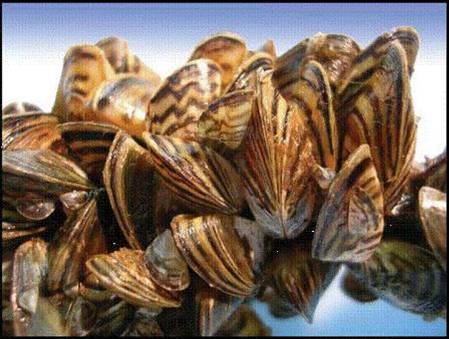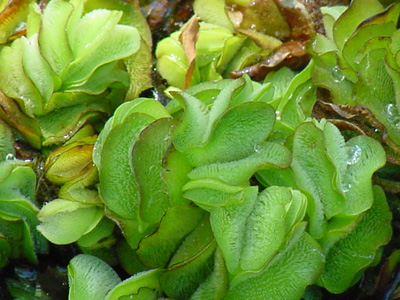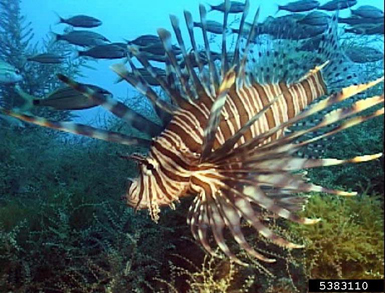- Complete regulations on Potentially Harmful Fish, Shellfish and Aquatic Plants - Texas Administrative Code, Title 31, Part 2, Chapter 57, Subchapter A
Aquatic Invasive Species
Statewide Aquatic Invasive Species Management
Texas Parks and Wildlife Department, partner agencies, river authorities, and other partners are working together to monitor, manage, and research the many non-native plants and animals that threaten our waterways. Learn more about these efforts in the Fighting Aquatic Invaders section of our website.
For information or to report sightings of aquatic invasive species, email AquaticInvasives@tpwd.texas.gov.
A Threat to Texas Waterways
Fish, shellfish, and aquatic plants that are not native to Texas may compete with native animals and plants for food and space. In their new environment, they can multiply and spread at an alarming rate, impeding boater access for recreation, causing expensive damage to water and power supply infrastructure, affecting water quality, and causing a range of other problems.
In order to manage and conserve our natural resources, Texas Parks and Wildlife Department enforces laws to protect our state waters against the introduction of invasive species. Some, such as triploid grass carp and water spinach, may be handled and distributed by people who have the appropriate permits from Texas Parks and Wildlife Department. Others are so dangerous that we need to do everything we can to stop them from being introduced and becoming invasive. Get complete list of prohibited aquatic organisms.
Invasive species often travel from one water body to another by "hitching a ride" on a watercraft. To curb the spread of invasive species, boaters in Texas are required by law to remove harmful plants and animals from boats and trailers and drain all water from the boat before leaving the vicinity of a water body. It is also illegal to transport live or dead invasive mussels attached to a boat or other conveyance. Learn how to properly clean your recreational equipment.
Find out more about the many invasive species that pose a threat in Texas, where they're found, and how you can help. Visit TexasInvasives.org.
Present Concerns
Here are some of our biggest threats:

Zebra Mussels are found in lakes Amistad, Austin, Belton, Bridgeport, Brownwood, Buchanan, Canyon, Dunlap, Diversion (Medina County), Eagle Mountain, Georgetown, Granger, Grapevine, Hords Creek, Inks, Lady Bird, Lavon, Lewisville, Livingston, Lyndon B. Johnson, Marble Falls, McQueeney, Medina, O.H. Ivie, Pflugerville, Placid, Ray Roberts, Richland Chambers, Stillhouse Hollow, Texoma, Travis, Walter E. Long, Worth, and three small lakes in Dallas and Grayson counties. Quagga Mussels are now found in Lake Amistad. See map. To combat the spread of this destructive pest, a statewide rule requires draining of water from boats and onboard receptacles when leaving or approaching public fresh waters. Boats stored in the water are at special risk of spreading zebra mussels—Resources for Marinas and Boat Owners.

Giant Salvinia has been found in approximately 25 East Texas lakes. This invasive plant forms dense mats that can impede boater access and grows rapidly--an infestation can double its size in just one week. TPWD uses early detection and rapid response and integrated pest management strategies to deal with infestations. Report new giant salvinia sightings.

Lionfish appeared off South Florida in 1985 and spread rapidly, moving up the East Coast in the 2000s, covering the Caribbean by 2009 and then invading the Gulf of Mexico, reaching Texas in 2011. For more on this marine pest, see our Frequently Asked Questions.
Photo courtesy of NOAA Archives